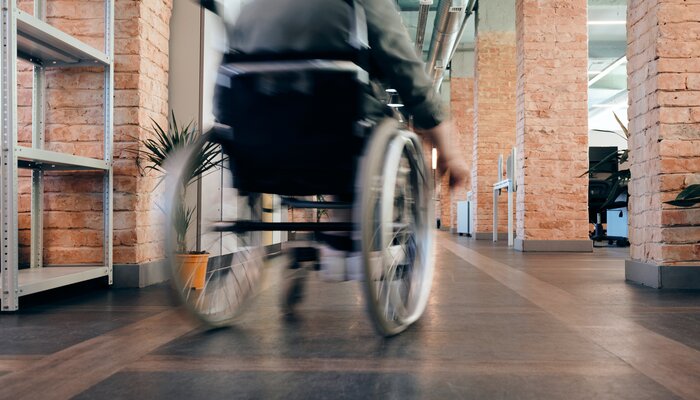According to a 2018 Disability Status Report, approximately 16.7% of California's population has a permanent disability, equivalent to 2.5 million permanently disabled residents. For a good reason, the local government of California is increasingly concerned about work-related injuries and disabilities.
Disabled individuals were much less likely than non-disabled individuals to be employed across all age groups. The unemployment rate for people with disabilities was about twice that of those without disabilities.
To compensate those permanently disabled due to work, employers and their insurance providers provide eligible employees with permanent disabilities in California. Read the article below to learn more.
What Is Permanent Disability In California?
Permanent disability payments are only given to workers whose condition is "permanent and stationary" (P&S), as opposed to temporary disability benefits, which compensate injured workers' lost wages. At the same time, they recover from impermanent injuries and illnesses.
Eligible workers are entitled to receive lifelong permanent disability benefits. These benefits are meant to compensate employees for "loss of future earning capacity," determined as a percentage of the victim's potential to compete in the labor market. Permanent disability ratings range from 0% to 100%.
How Permanent Disability Is Rated
To ensure the medical legitimacy of the employee's injuries, permanent disability ratings undergo a rigorous process. The process includes the following:
Medical examination and reports. Medical examinations and subsequent medical reports are the basis for the rating procedure. Your treating doctor will draft a P&S report describing any long-term or permanent impairments caused by your injuries. This report will also determine how much of your normal psychological functioning—or the normal usage of the injured body part—you have lost.
Permanent Disability Rating. The rating of your permanent disability significantly depends on how much your injuries and their effects restrict the types of work you can perform. Additionally, the PD ratings will include the findings in the physician's report and a complex formula provided by the state. Your occupation, age, and any mental or physical impairments are part of this complicated formula used in the rating process.
Apportioning of old and new injuries. If your current work-related injury or occupational illness worsened or aggravated a pre-existing medical condition, you might still be eligible for compensation under workers' comp California. However, the law requires treating physicians to "apportion" your permanent disability between the new and old injuries to determine the exact amount of your PD benefits.
Types Of Permanent Disability
There are two types of permanent disability under Workers' Comp California, which includes:
Permanent Partial Disability
This is the most common type of PD claim among injured employees. Permanent partial disability benefits are provided to injured workers whose PD ratings are below 70%. You are entitled to receive weekly payments until you fully recover; the amount is based on your average income before the injury.
Permanent Total Disability
If your treating physician considers your disability permanent with a PD rating of 100%, you may be qualified to receive permanent total disability benefits. You are also entitled to lifelong weekly payments of larger amounts and a lifetime pension based on your pre-injury average annual income.
It is rare, however, for 100% permanent disability ratings to be awarded, and substantial medical evidence and supporting documentation are required.
How Much Does Permanent Disability Pay
For workers with temporary disabilities, California employers offer a minimum compensation amount and a maximum compensation amount. The minimum weekly payment in 2022 is $203.44, while the maximum is $1,356.31.
However, permanent disability benefits are administered slightly differently. The weekly compensation for permanent disability benefits is usually two-thirds of the worker's average weekly pre-injury wage. Moreover, the biggest difference between permanent disability and temporary disability payments is the period you can receive them.
Permanent disability payments can last several months or years, depending on your work-related injury's severity and PD rating. Additionally, employees with PD ratings of at least 70% are entitled to receive life pensions after regular PD payments end.
Frequently Asked Questions
Here are some of California's most commonly asked workers comp questions.
- Who qualifies for workers' comp benefits in California?
You might qualify for workers' comp benefits in California if you suffered a work-related injury or an occupational illness.
- What injuries are covered under workers' comp?
Physical injuries—such as a broken arm or sore muscles—sustained while performing your regular work duties are covered under workers' comp. Additionally, psychological and stress-related injuries may qualify too.
- Who determines permanent disability ratings?
Your treating physician is responsible for writing your P&S report and rating your permanent disability. Your impairment ratings will strictly follow the American Medical Association (AMA) guidelines.
Get Help With Your Permanent Disability Benefits
An occupational illness or work-related injury may entitle you to permanent disability benefits in California. If you need help settling your workers' comp claim, it is advisable to seek legal help from an experienced workers' compensation lawyer.





